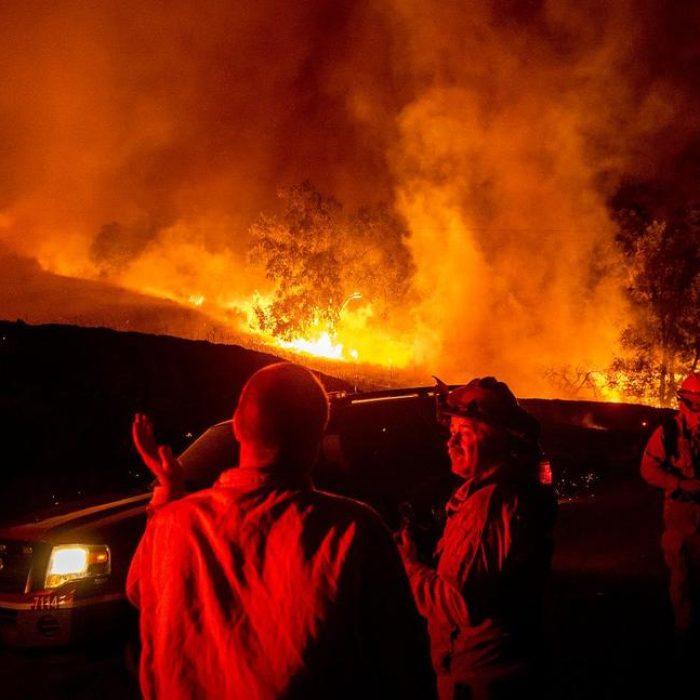ONASKET, Wash. – Firefighters are gaining the upper hand on two wildfires burning in north central Washington state despite the intense, record-breaking heat which has gripped the region, the State Patrol reports.
The Anglin Fire, which broke out Monday afternoon about eight miles east of Tonasket, is now 50% contained and all mandatory Level 3 evacuation orders have been lifted.
A Level 2 evacuation order is still in effect for homes on Rehmke Road south of Siwash Road, meaning that residents there should be prepared to leave on a moment’s notice.
Residents of the Cayuse and Island Mountain areas are under a Level 1 evacuation, which means they should be aware of possible danger and monitor emergency servies websites.
The Green Fire, which broke out Monday afternoon in steep, rattlesnake-infested terrain about one mile northwest of Synarep, Wash., is now 90% contained, and residents there are under a Level 1 evacuation order.
Smoke from the interior of the fires may remain visible over the next several days, officials said, and firefighters are closely monitoring these areas.
A weather front is expected later Thursday that could bring a threat of dry lightning across north central Washington.








